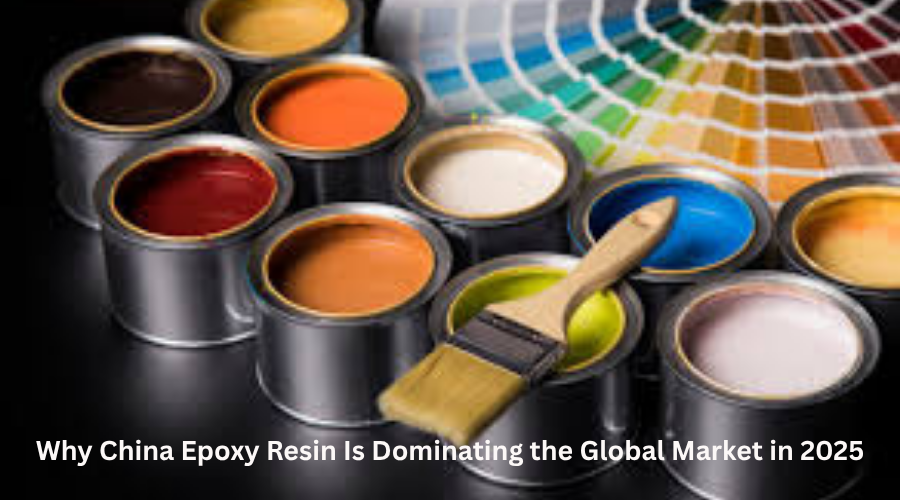How to Remove Polyurethane Glue Without Surface Damage?
- qinglongdatech
- Dec 5, 2024
- 3 min read

Polyurethane glue is well known for its strong bonding abilities, making it a popular choice for various construction, repair, and crafting projects. However, this strength can pose a challenge when it comes to removing excess glue or accidental spills without damaging the underlying surface. This guide provides actionable steps to safely remove polyurethane glue while preserving the surface integrity.
Understanding Polyurethane Glue
Polyurethane glue is a versatile adhesive that reacts with moisture to form a durable bond. Its features include:
High tensile strength, making it ideal for wood, metal, plastic, and concrete.
Resistance to heat, water, and chemicals.
Expanding properties that fill gaps for stronger adhesion.
While these traits make it effective, they also mean removing cured glue can be tricky, requiring the right methods and tools.
Preparation Before Glue Removal
Before you start removing polyurethane glue, follow these preparatory steps:
Identify the Surface Material: Understanding the material—whether wood, metal, or fabric—helps select the appropriate removal technique.
Gather Essential Tools:
Plastic scraper
Soft cloth or sponge
Warm water
Solvents (e.g., acetone or mineral spirits)
Sandpaper (for wooden surfaces)
Protective gloves
Test on a Small Area: Always test cleaning solutions or methods on an inconspicuous area to ensure they won’t cause damage.

Removing Wet Polyurethane Glue
If the glue hasn’t fully cured, removing it is significantly easier.
Use a Damp Cloth: Since polyurethane glue reacts with moisture, wiping it with a damp cloth can help loosen the adhesive. Gently clean the area before it hardens.
Scrape Off Excess Glue: Use a plastic scraper or blunt tool to remove large amounts. Avoid metal scrapers that could scratch the surface.
Apply a Mild Solvent: For stubborn areas, apply a small amount of solvent like acetone and wipe gently.
Removing Cured Polyurethane Glue
Once polyurethane glue has hardened, the removal process becomes more involved:
1. Mechanical Methods
Scraping: Use a metal edge with a non-scratch coating or scraper tool to carefully chip away the glue. Be gentle to prevent gouging the surface.
Sanding: For wood or rough surfaces, sand the glue residue using fine-grit sandpaper. Sand in the path of the grain to avoid scratches.
2. Chemical Methods
Acetone or Mineral Spirits: Apply acetone sparingly on a cotton ball or cloth and press the problematic area. This works well on non-porous surfaces like metal and glass. Ensure proper ventilation when using these chemicals.
Commercial Glue Removers: Products specifically designed to dissolve polyurethane adhesives can be effective. Follow the manufacturer’s instructions for safe use.
3. Heat Application
Heat Guns or Hairdryers: On heat-resistant surfaces, warm the glue to soften it. Once pliable, scrape it off gently with a plastic scraper.
Special Considerations by Surface Type
Different materials require tailored approaches:
Wood: Avoid excessive moisture or harsh chemicals, as they may damage the finish. Sanding is usually the safest option.
Metal: Use acetone or a heat gun to loosen the glue without worrying about surface damage.
Fabric: For fabrics, acetone may dissolve the glue but could also affect dyes. Test first or consult professional cleaners.
Plastic: Avoid heat, which can warp the material. Opt for mild solvents and careful scraping.
Preventing Polyurethane Glue Mishaps
Apply the glue sparingly to reduce excess spillage.
Use painter’s tape to mask areas where glue isn’t required.
Wipe away spills immediately before they harden.
Working with a reliable Polyurethane Glue supplier ensures access to high-quality adhesives that meet your specific project needs. Superior products are easier to manage and often come with guidelines for application and cleanup.
Conclusion
Removing polyurethane glue without damaging the surface requires patience, the right tools, and techniques tailored to the material. Wet glue is easier to clean, while cured glue demands a combination of mechanical and chemical methods. Always prioritize safety and test removal methods before proceeding. With the steps described previously, you can confidently tackle polyurethane glue spills and mishaps.
FAQs
1. Can vinegar remove polyurethane glue?
Vinegar is not typically strong enough for cured polyurethane glue but might help loosen wet glue slightly.
2. What if the glue damages my surface during removal?
In case of minor damage, refinish or polish the surface to restore its original condition.
3. Are there eco-friendly solvents for glue removal?
Yes, some natural-based glue removers are available, though their effectiveness may vary.
4. How can I prevent glue spills in the future?
Use applicators for precise glue application and cover non-gluing areas with protective tape.
5. Is it necessary to consult professionals for glue removal?
For delicate surfaces or significant glue spills, professional help ensures safe and effective removal.







Comments